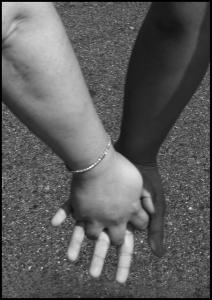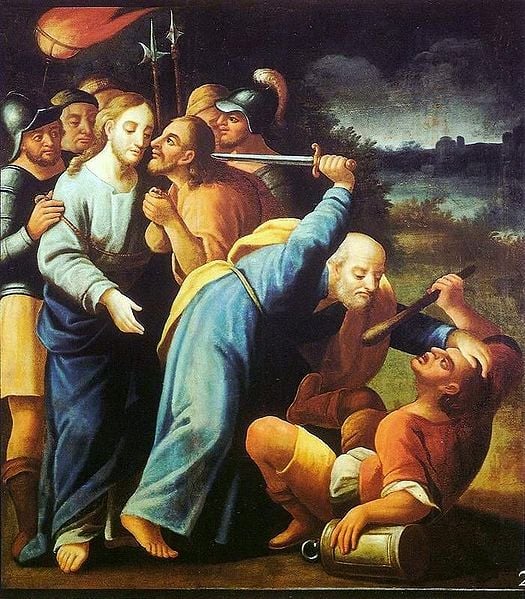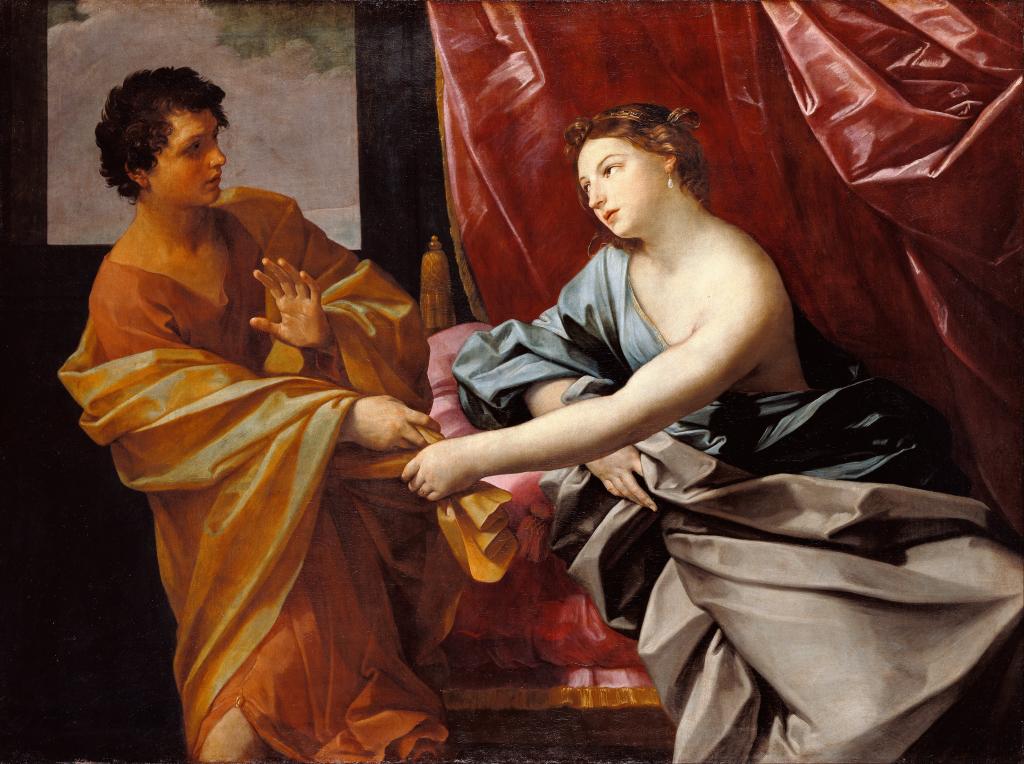
There’s no denying the historic nature of Saturday’s sustaining vote for two new apostles. Elder Gerrit Gong is Chinese American, while Elder Ulisses Soares was born and raised in Brazil, where he established his career before working for the Church. Like many members of the Church, I was overjoyed to see two men of color join the Quorum of the Twelve, a development I didn’t dare hope for after so many uninterrupted years with only white apostles.
But there’s another historic development that most people have overlooked in a weekend full of surprising news: as far as I know, Gerrit Gong is also the first apostle to be in an interracial marriage. His wife, Susan Gong, is a white woman.
If you aren’t sure why that’s such big news, you may not be fully aware of the Church’s history where interracial marriage is concerned. And I can see how you might have missed it. Having been raised by a convert mother out in New Hampshire, I didn’t know that previous general authorities had counseled against interracial marriage until a Dominican American friend went to BYU for her first semester and had a disturbing conversation with her cheerful, blonde roommates.
Her roommates told her they needed to find a cute Latino boy for her to date. When she asked why a Latino boy and said she had no problem dating white boys or boys of other races, they revealed that they believed dating within one’s own race to be part of the Church’s teachings and part of the Gospel.
Call me naive, but I had no idea before that moment how recently top leaders had been teaching such racist views. In 1977, for instance, President Boyd K Packer (Elder Packer at the time) gave a devotional at BYU and said the following:
We’ve always counseled in the Church for our Mexican members to marry Mexicans, our Japanese members to marry Japanese, our Caucasians to marry Caucasians, our Polynesian members to marry Polynesians. The counsel has been wise.
There’s a lot to unpack there. For one thing, Packer seemed to conflate race and nationality. But the broader point is clear – he actively counseled against interracial marriages and was confident that his counsel represented the Church’s official stance. In the devotional, Packer continues to dismiss successful interracial marriages as the exception and advises members to stick to “the rule.”
I hope it goes without saying for anyone reading this post that anti-miscegenation counsel/ policies/ laws are complete bull. While Packer likely understood a broad principle that couples are more likely to be successful if they have a lot in common, there are many factors that determine how much a couple has in common. But the US has historically focused on race because of racism. Plain and simple. As far as I know, no church leader ever counseled against a white New Englander marrying a white Southerner, but I can tell you from firsthand experience that my husband and I have a lot of differences as a result of growing up in different regions.
Sadly, even though the Church has backed away from that sort of counsel in recent years, many members have continued to believe this false doctrine, and at times church materials have indirectly reinforced it. That fact came to my attention again, close to a decade ago. At the time I was rooming with two friends, one of whom is a Haitian American black woman, while the other is biracial. While looking over a copy of the Ensign, I noticed something odd: there were no photos of interracial couples.
When I shared my observations with my roommates, both women of color, they weren’t the least bit surprised. What my white privilege had allowed me to ignore for years had long been obvious to them. They nodded with resignation and told me that I would find the same exact pattern if I looked through previous years’ issues as well. One told me that it was rare to even see a photo where the woman had darker hair than the man. I will note that the Ensign has improved since then, but that was the pattern at the time.
And yet I was still shocked, a few years later, when an older (white) Mormon friend asked my white roommate whether she would be open to dating a black man. The back story is that this friend was hosting a black international student while he attended college in the US, and he had expressed interest dating in my roommate. This older friend then said that she had always counseled her daughters against dating black men because of “cultural differences.”
Now, I dated a black man in college, and the major cultural differences we encountered had to do with the fact that he was from NYC and had been raised by Haitian parents, while I was from New Hampshire and had been raised by parents who were both multi-generation Americans. Perhaps the biggest difference of all: he was a Yankees fan, while I was a Red Sox fan. The color of our skin didn’t make us inherently different, and despite our parents growing up in different countries, we still had a fair amount in common – we shared a faith, we had both been nerdy in high school, and we bonded over the frustration of living in Utah after growing up in the Northeast. And all that is without getting into the fact that race has no clear demarcations. There’s no gene for race, which is why various cultures have defined race in different ways. In fact, at one point in US history, Mormons and Catholics weren’t seen as white.
But for decades, anti-miscegenation beliefs slipped into Church teachings. As recently as 1995, President Nelson, who was then Elder Nelson, gave a talk that preached against discrimination, only for someone (him? an editor? another apostle?) to add a footnote underlining the position that while racial tolerance was important, interracial marriage was another matter. From footnote 38 of the archived version:
The commandment to love our neighbors without discrimination is certain. But it must not be misunderstood. It applies generally. Selection of a marriage partner, on the other hand, involves specific and not general criteria. After all, one person can only be married to one individual. The probabilities of a successful marriage are known to be much greater if both the husband and wife are united in their religion, language, culture, and ethnic background. (emphasis included in original)
While the language here is “ethnic background” and not “race,” the fact that it was listed as a separate category from “culture” certainly suggests that “ethnic background” was a euphemism. So it’s no surprise that in 2004, just 9 years after that footnote was added to President Nelson’s talk, my friend started her first semester at BYU and encountered roommates who still mistakenly believed that they needed to avoid interracial marriages in order to follow prophetic counsel. Or that, when she told them their belief was racist, they told her that their parents agreed as well.
The good news is that the Church’s official essay, “Race and the Priesthood,” directly disavowed these previous stances:
Today, the Church disavows the theories advanced in the past that black skin is a sign of divine disfavor or curse, or that it reflects unrighteous actions in a premortal life; that mixed-race marriages are a sin; or that blacks or people of any other race or ethnicity are inferior in any way to anyone else. Church leaders today unequivocally condemn all racism, past and present, in any form.
But most members of the Church haven’t read that essay, and it’s quite plausible that even some who have read it have walked away with only half the message, still thinking that interracial marriages are unwise, just not a sin.
So I was just as delighted to see Elder Gong join the Quorum of the 12 for his unique gifts, as I was delighted to see him join as the first Asian-American apostle and as the first apostle in an interracial marriage. Sometimes seeing is believing, so I very much hope that as members of the Church get to know Elder and Sister Gong a bit better, the racist traditions of our fathers will continue to fall away.











